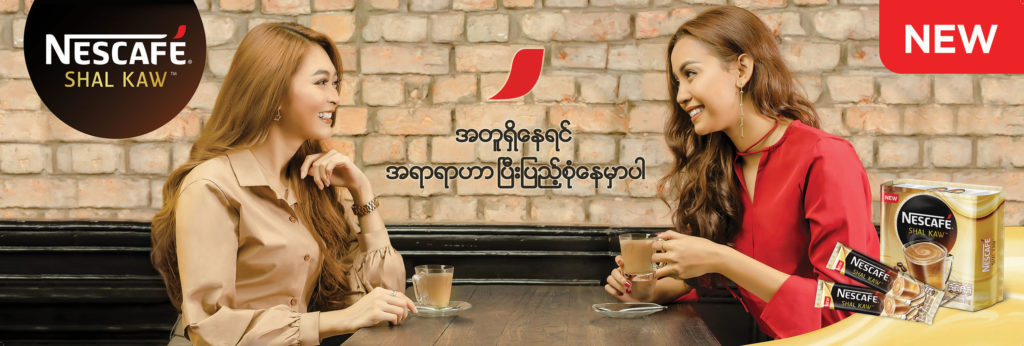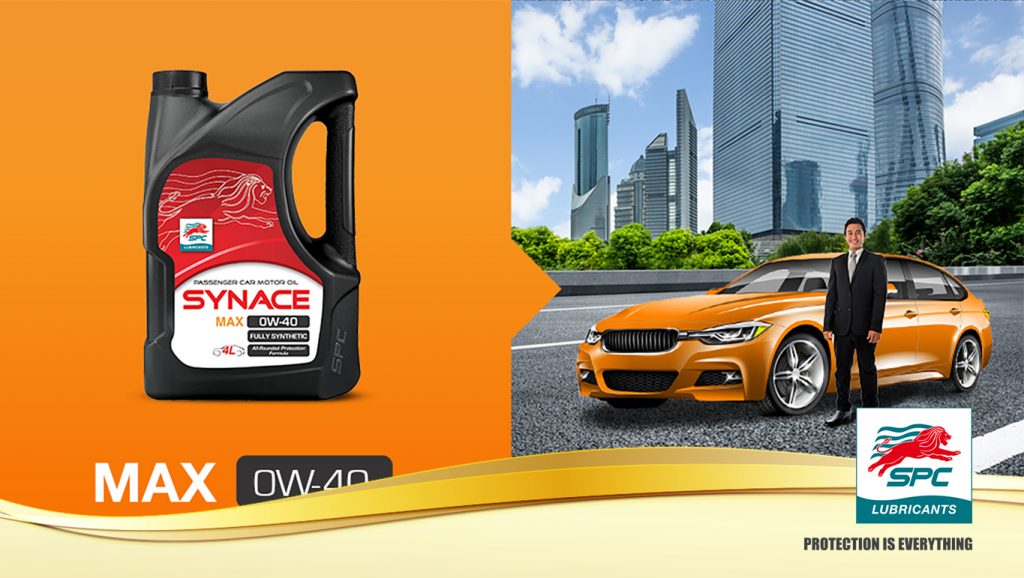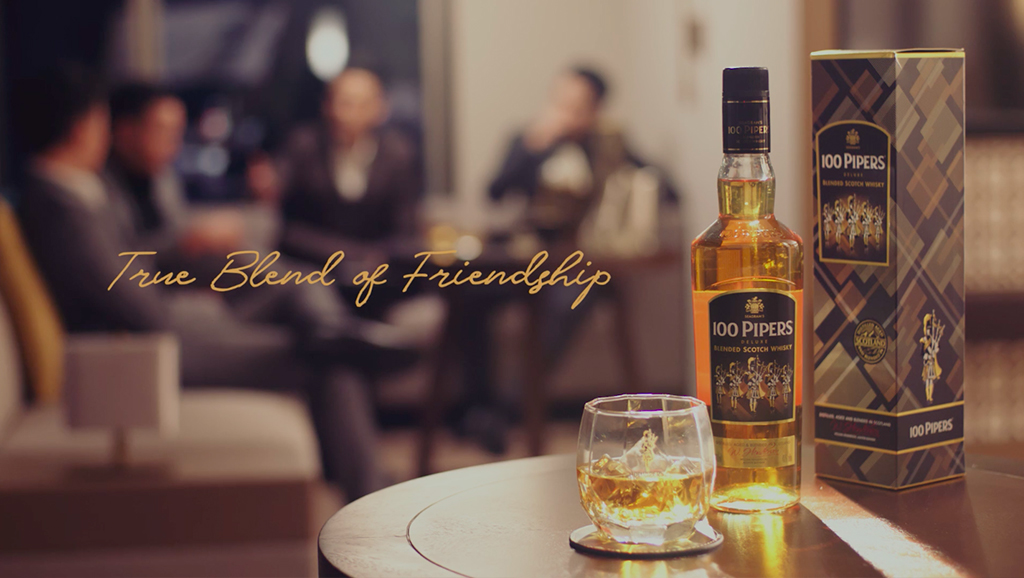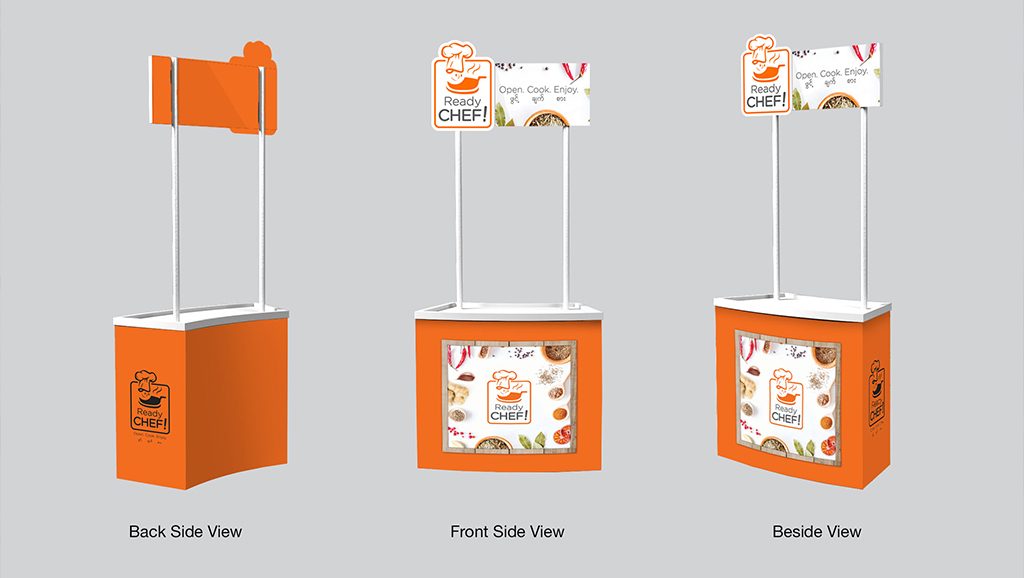
By some estimates, modern consumers are confronted with up to 5,000 advertisements a day. As the cloud of information and data in peoples’ lives gets thicker and thicker, more and more brands are looking to increase brand awareness in order to cut through the clutter.
What is brand awareness?
As a component of marketing, brand awareness relies on the idea that consumers (especially busy ones in the modern world) are more likely to pick a product from a shelf when they have strong ideas of what a particular brand is and stands for. It acts as a kind of mental shortcut when there are very few or too many options to choose from. For example, in many categories of consumer goods there is often very little separating the “name brand” good from the “store brand,” think soft drinks, packaged foods, or even clothes. However, many consumers still choose to buy a marginally more expensive Coke over the store brand because of the brand’s personality and domination of the soda market.
Studies have also shown that when presented with a set of options, including one with very high brand awareness, consumers make their decision quicker (even when presented with new options they have not encountered in the marketplace before). Effective marketing campaigns can convince consumers that it is worth paying a little bit more if it means buying a brand with substance. Because of this, keeping consumers aware and products at the top of their mind is equally important when a company launches a product as it is when trying keep it successful in the long run.

What brand awareness means for your product
Whether you offer a breakthrough product/service and want to be the first to imprint your brand story on your target consumer’s mind or are entering a highly-competitive space with plenty of other legacy brands, you’ll want to be sure that brand awareness is a key goal in any marketing campaign you pursue. Test can be done on target populations to measure your brand awareness before and after a campaign. In more competitive landscapes however, companies often have to be more aggressive due to the fact that consumers may already have high awareness for other brands.
To do it, you’ll need a clearly identifiable logo and a marketing message and position that will set you apart from competing products. Brands often choose to focus on physical aspects of products, like size, smell, taste, ingredients or production to leverage, but they can also focus on intangible aspects — like how a product may make you feel or how others will see you when using the product. Regardless, the next step is to approach consumers with an integrated marketing campaign to be sure when they think of quality, taste, luxury or whatever else your product’s key difference may be, they automatically recall your brand.




















